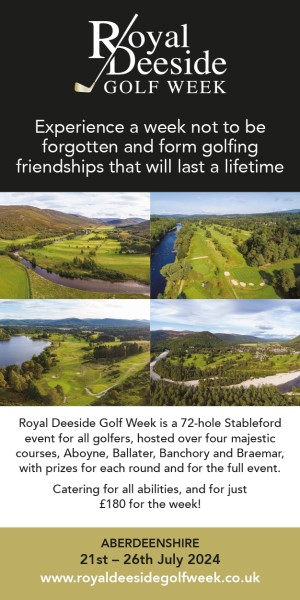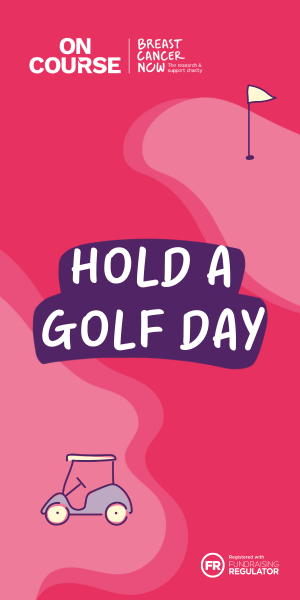Not sure what the difference is between parkland, heathland, links or par-3? Well, we've got you covered with our ultimate guide to the different types of golf courses.
When you first take up golf, it's not uncommon to feel a bit baffled by all the new information you have to absorb.
So many rules, so many different kinds of clubs, not to mention loads of new terms to learn; it can be overwhelming.
So, to help you on your golfing journey, we’ve put together a quick guide to all the different TYPES of golf courses you’ll encounter .
Because while all golf courses are unique and beautiful; parkland, links, heathland and every other form of golf has its own particular charm and unique characteristics.
You’ll soon come to learn your favourite (and least favourite) but until then, this simple guide will let you know what to expect from each different type of golf course.
Downland
The main characteristic of downland golf courses are the hills involved. The terrain’s big changes in elevation will definitely give your legs a workout and test your distance control skills.
These types of courses are best suited for experienced golfers as they feature brutally sloping fairways, even steeper than the ones found in a links course.

Heathland
Most heathland golf courses are exclusively found in Britain and are often described as an area of open uncultivated land with characteristic vegetation of heather, gorse and coarse grasses. They don’t usually look as well-manicured as traditional parkland courses and often have lots of gorse and heather as part of play.
The terrain is typically tight and sandy, very similar to links courses, and the undulating terrain is also links-like too. The main difference is the presence of trees, especially pine trees, and the decreased risk of being buffeted by strong winds.
These types of courses are a little more beginner friendly than links but still not quite as forgiving as parkland courses.

Links
Links tracks are the most famous types of courses with a history dating back to the foundation of the game of golf. These are built by the sea, on sandy-based terrains, between the coast and farmlands and are most common in Ireland, Scotland and England.
Two main characteristics of these courses are the absence of trees and the presence of the sea breeze creating a windy atmosphere all year long.
Links courses usually involve very little to no human intervention to the terrain. This means they look very natural and they require golfers play to the contours of the land. The sandy-based terrain drains really well, making links courses rarely unplayable due to weather conditions.
Due to the absence of trees and the sea breeze, you can expect constant windy conditions on a links course. So make sure you wrap up warm. Do some research about the ball you are planning to use too and look at how well it cuts through the wind.
The terrain of links courses is not as flat as parkland courses. This, combined with the windy conditions, can make them more challenging for a beginner golfer.

Par-3
A par-3 golf course consists of nothing but par-3 holes (ie a hole that an experienced golfer should take three shots to finish). These types of courses are shorter, usually having only 9 holes, although some may have 18.
As a beginner par-3 courses should definitely be your preferred option. They’re cheaper than regular courses, quicker to play, and involve shorter driving distances.
These types of courses are the most beginner-friendly of all and they can be extremely fun to play even for kids or golfers of a more advanced age.
If you’re just starting out in the game, we recommend you play your first round on a par 3 if you can.

Parkland
Parkland golf courses are one of the most common types of courses. They are built inland, away from the city and often feature lots of trees and lush grass, making the scenery very park-like (you can see where the name comes from now can’t you?).
The trees can make them difficult to play but, to compensate, the terrain is usually flat meaning that the fairways create only gentle bounces.
A special thing about these courses is that they are usually very well-manicured and maintained and often feature beautiful gardens. In good weather, these courses are among the most beginner friendly courses.
However, due to the natural clay underlay wet weather can make them unplayable and due to the woodland redirecting the wind, it can on occasion be difficult to judge distance and determine ball movement along a flight path.

Try them yourself
We’re so lucky to have a plethora of different courses in the UK.
When restrictions are lifted and you get a bit more confident, you might want to book a golf break or package away and explore some of the exceptional courses in other areas of the country or abroad.
No golf course is the same, and that’s why the game is so delightful and challenging.















